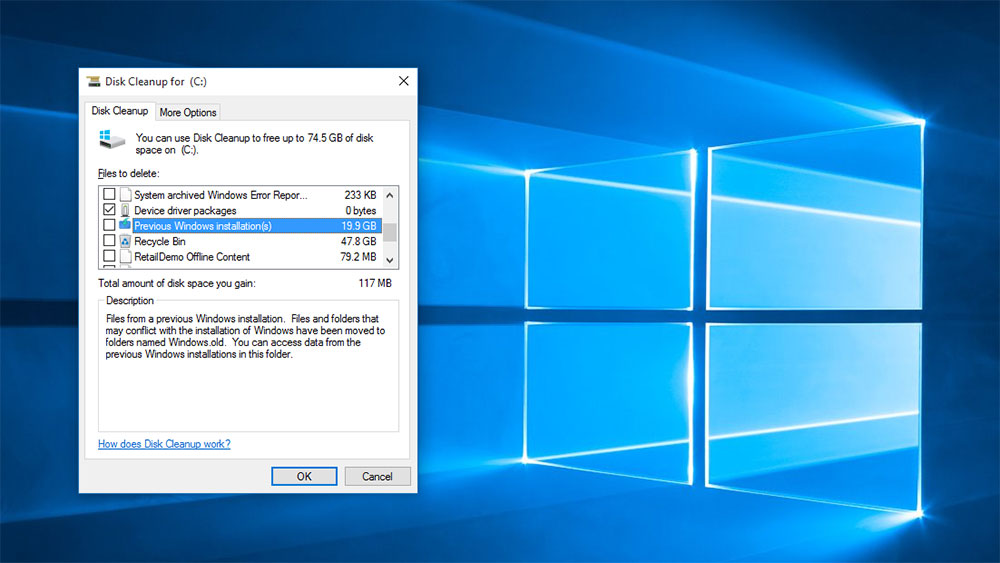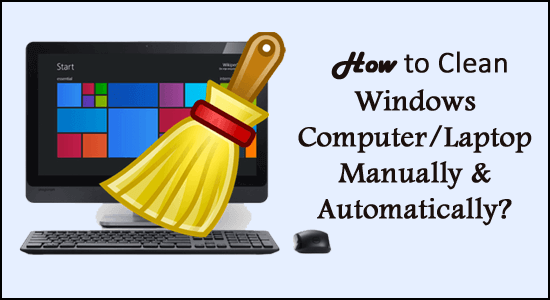
If this option does not appear available, please use Windows Disk Cleanup instead.Ģ. Alternatively, if running a more recent version of Windows 10, press Windows key + Q and search for "free up space" and select the "delete temporary files" setting as below.

If for some reason the 'Clean up system files' button does not appear, select some unneeded files to delete, hit 'ok' to remove them, and run Windows Disk Cleanup again to see if this other choice appears.ġ. Windows Disk Cleanup does not show you all the files that you can delete when you first open it, so be sure to click on the 'Clean up system files' button as in the screenshot below to see more files that can be removed. Please refer to the FAQ " Windows 10 - Increase the free space on your OS drive with Disk Cleanup" for more information about Windows Disk Cleanup. When you’ve chosen the items to delete, at the bottom of the Disk Cleanup window, choose “OK.More Discussion About Windows Disk Cleanup as well as the Windows "Free Up Space" Tool You can delete them and Windows will recreate them when you open your folders. Thumbnails: These are the thumbnails of your various file types.It only removes the files that haven’t been used recently. Temporary Files: This option deletes your apps’ various temporary files.Recycle Bin: Choosing this option deletes the files currently sitting in Recycle Bin.Delivery Optimization Files: These files are used to upload Windows Updates to other PCs.Windows Error Reports and Feedback: These are various Windows error reports and feedback generated on your system.Note that this won’t delete your Chrome or Firefox cache.

You can delete these files without any issues.

Here’s what each file type means in Disk Cleanup:


 0 kommentar(er)
0 kommentar(er)
